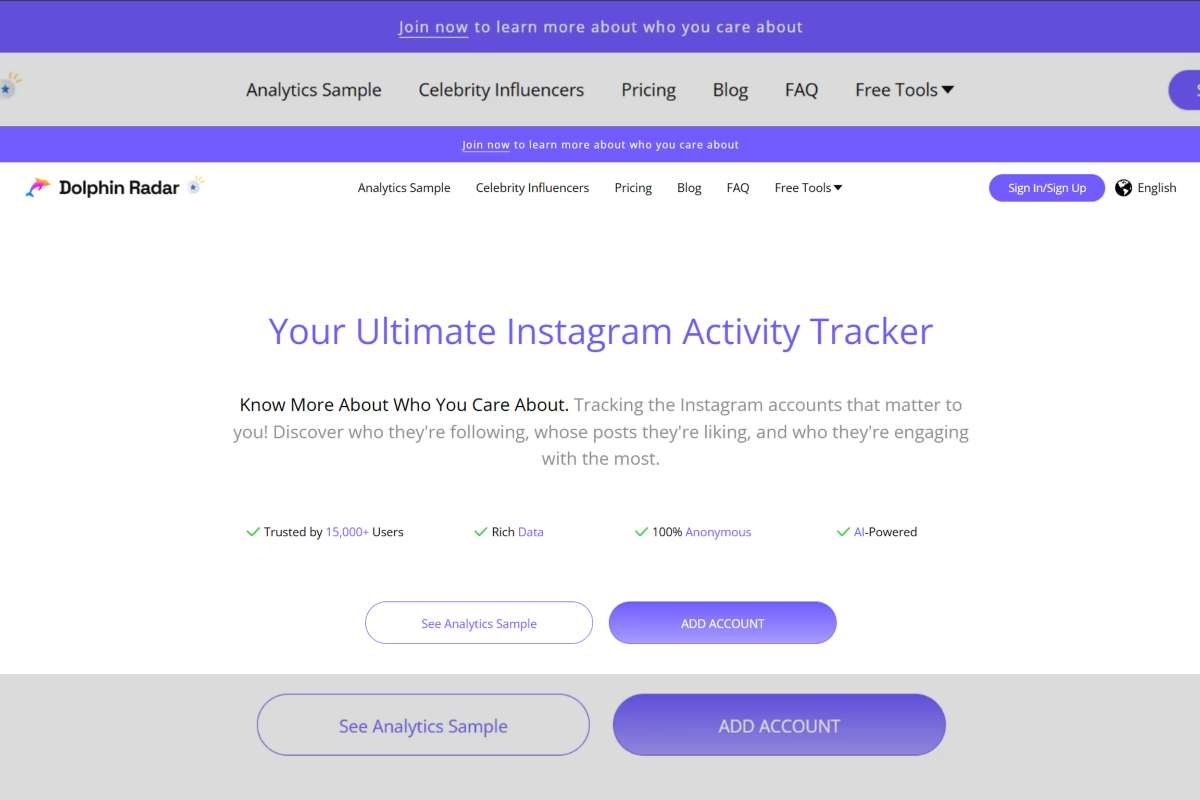To be successful in ecommerce, getting new customers is not the only thing that matters. The real success of a business is found in keeping customers and making them come back for more purchases. This approach is very successful in maintaining relationships with consumers. Regular communication with customers makes your brand memorable and helps retain loyal partners who bring profitability over the years. Creating personalized messages using email marketing for ecommerce strategies gives businesses the chance to keep customers interested and committed to their products.
It’s only with email marketing for ecommerce that you can contact your customers directly. In contrast to posts and paid tweets on social media, which only some people see, emails always show up in someone’s inbox. Proper use of privacy settings makes it possible for people to interact better and come to trust each other. Through the help of automation, dividing people into groups, and crafting customized content, you keep your customers loyal.
5 Strategies of Email Marketing for Ecommerce:
1. Building Trust Through Regular Communication
Frequently communicating with your customers via email creates a lasting relationship with them. When your brand is in regular contact with buyers, they will tend to think of it when looking to buy again. You can use emails to share tips, provide help, share how your company works, or just update your customers, always keeping the relationship pleasant.
What matters most is delivering value in every email. If people find your messages useful, helpful, or interesting, they will most likely remain subscribed and take part. Building this trust lays the groundwork for future conversions. As a result of developing trust and attention with your customers’ emails, they are more likely to interact with your marketing campaigns once you send a promotional message.
2. Offering Personalized Product Recommendations

A great way to boost repeat purchase is to recommend products that are similar to what customers have bought in the past. Offering customers options that go together with their previous purchases proves that you are aware of their interests. Personalized emails let your audience feel pampered, which makes them enjoy shopping with your store more.
These recommendations can also include time-based follow-ups. As an example, if a product is used up, a reminder can be sent after a given number of days to help customers place a new order. If your ecommerce fulfillment services are automated this way, your consumers will enjoy a no-hassle experience, leading them to return to your store once again.
3. Providing Exclusive Deals And Loyalty Rewards

To attract loyal customers, you can give them early access to sales or discounts by sending them emails. Customers who think they are members of an exclusive circle usually continue to shop with you. If a business rewards people who come back, it can encourage them to visit again by emailing information about their offers.
Some of these deals can be as little as 10% savings. Small benefits or the offer of free shipping can boost the chance that a customer buys again from your business. A company should always ensure its customers know they are recognized and appreciated. When customers feel this way, they are likely to stay loyal and increase the money they spend over the years.
4. Following Up After The Sale
The post-purchase period is a key opportunity for engagement. An easy thank you email, along with updates on when the order is shipped and delivered, make the customer sure they did the right thing. The follow-up may include advice useful for the product or even bring up offers that go well with what the customer got.
A strong support and communication process after a purchase indicates that the relationship with the customer continues on. Firms using 3PL logistics services can add information about where the package is and customer assistance to their emails after orders are made. Providing a positive follow-up experience usually results in good reviews, referral business, and more upcoming transactions.
5. Re-Engaging Inactive Customers

Eventually, some customers might not open your emails or buy any products. By running win-back campaigns on emails, it becomes easier to draw the attention of old users. Usually, these emails recall past orders, offer gifts or discounts, or keep the buyer informed about anything they have not checked in the shop lately. It is possible to bring a customer back through an effective marketing message.
This helps the most when it is reinforced by careful analysis and proper audience organization. If you pay attention to user behaviors, your campaigns will be better able to catch their interest. Convincing only a fraction of your old consumers can boost your revenue at a low cost since attracting new people is expensive.
Conclusion
Email marketing for ecommerce is still one of the strongest ways to make customers buy from your store more than once. If businesses focus on trust, custom experience, special deals, and keep in touch with customers before and after a transaction, they can keep their customers coming back. When both are available, the experience for customers is finished, all the way from when they receive the email to the arrival of their package through portals. Providing value and services regularly gives companies a solid base to succeed long term in the online world.


















